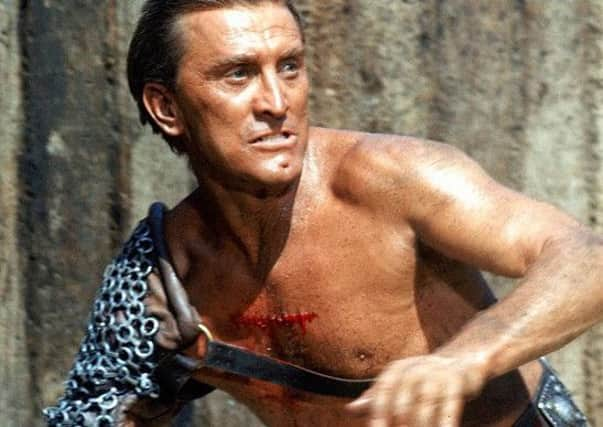Gladiator mystery makes its Scottish debut at Callendar House


Anyone who has seen Kirk Douglas in Spartacus, or Russell Crowe in Gladiator will recognise the syndrome - men fighting to the death in an arena for the amusement of the mob.
Literally nothing was cruel or obscene enough for a society which revelled in the pain and anguish of others.
Advertisement
Hide AdAdvertisement
Hide AdUntil the Christian emperor Constantine banned it in 325 AD the sometimes industrial scale slaughter was a fact of everyday life - not just in Rome, but in any decent-sized town across the Empire.
Those famous Roman mod cons - aqueducts, roads, hot baths and the rest - came at a heavy price.
However mysteries remain, and starting from May 19 a truly fascinating exhibition comes to Falkirk’s Callendar House - its first ever excursion to Scotland - from the people behind the world-famous Yorvik exhibition on Viking life in early medieval York.
That city, known to the Romans as Eburacum, played host to one of the four heavy infantry Legions charged with the defence of Britain.
It was an important regional hub, one in which an aspirational citizenry expected to enjoy the standard perks of “cultured” Roman life.
In 2004-5 some eighty burials dating from the early second century to the late third century AD were found in what had been part of a large cemetery on the city’s outskirts - across the river from the legionary fortress.
The discoveries displayed evidence that so intrigued archaeologists that further investigation was needed.
This search for answers, which is ongoing, has suggested these people could have been a group of gladiators who lived and fought in York during the Roman occupation.
Advertisement
Hide AdAdvertisement
Hide Ad“Gladiators – A Cemetery of Secrets” is an exhibition that features the skeletal remains of six of the men, all of whom were decapitated before being buried in this cemetery.
Recent research has added to the story and uncovered more about who these men were, where they came from, how they died and why.
It’s perhaps no accident that this premiere league archaeology-mystery event has made Falkirk its first Scottish destination, as the legionaries from York were certainly called upon to deal with troublesome Celts on the turbulent Antonine Wall frontier more than once.
To accompany the exhibition there’s a hands-on area for children that allows them to explore a Roman market, along with with fun activities and games, plus audio visual reconstructions and replica costume, helmets and armour.
Launching at Callendar House on Sunday, May 19, the exhibition runs until October 6.